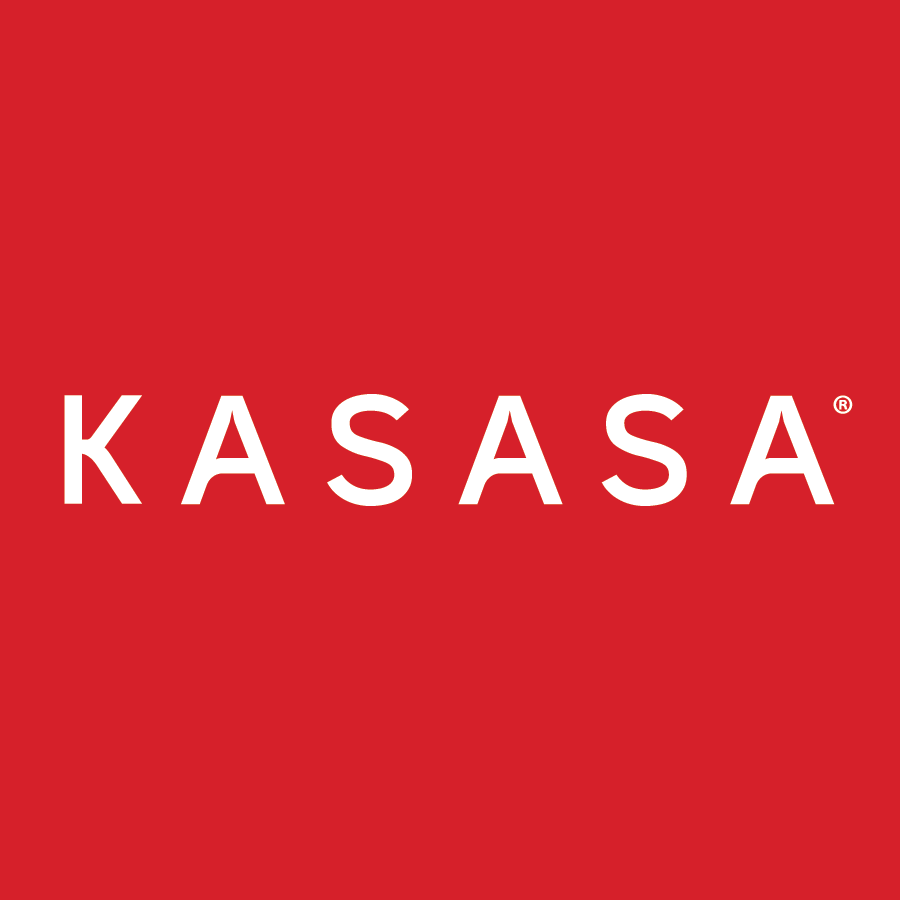Show notes:
- 1:53 The rate of change – There are real questions about the underlying economic system right now. Domestically and abroad. Assumptions we have held over the past 30-50 years are beginning to unravel and events like trade wars or rising rates (or not rising rates) cause more uncertainty.
- 4:00 An institution’s clear needs – An example institution clearly needs deposit dollars, but they have yet to commit to a strategy to facilitate this due to uncertainty. A strategy should be flexible and adapt to their needs over the next five to ten years knowing that things will continue to change.
- 5:07 Is the FED clear about their intentions? – The FED seems to have been clear about increasing rates, so where is the confusion? This is largely a result of market psychology. There is something the FED is saying, but people interpret and second guess what the FED is saying.
- 7:13 Should you be concerned? – The people who are most concerned about what the FED will do are typically the people who haven’t yet caught up with what the FED has done. You must address the current conditions.
- 8:32 Is adapting just repricing? – To an extent. The question is what kind of vehicles you use in repricing. Adaptation requires evolving both sides of the balance sheet. Institutions should be looking to add tools to their toolbox. Many institutions have repriced their timed deposits, but should include accounts like reward checking, where you don’t have to reprice so quickly.
- 11:50 What is the barrier to action? – Many institutions have a clear idea of the challenges ahead of them. Some are exploring multiple strategies to be flexible for the long-term, but there are also institutions that have been fortunate enough to have a lot of their deposits sitting in low-rate deposit tools. Those institutions are slow to recognize that they can’t take deposit dollars for granted anymore. Consumers are beginning to shop around for better options and rates.
- 15:00 Underestimating deposit flight – The last financial crisis allowed many institutions to build deposits cheaply. Consumers accepted low rates in exchange for security. Today, with many high-rate accounts, consumers have changed their priority.
- 16:30 Safety in rural America? – In rural environments, it can feel like the threat is further removed. The reality is that if you look through all your data and don’t see any dollars leaving at all, then you don’t need to do anything. That is rare, and most institutions don’t have the safety they think they do.
- 18:30 Invisible forces – You might look at your competitors retail footprint in your community to gauge the strength of the threat. The reality is that most of your competition isn’t brick-and-mortar. Consumers have access to competitors through their keyboard. Even if consumers aren’t taking those options now, it doesn’t mean that they won’t be taking those options soon. One concern is that a lot of behaviors/preferences are changing and that there is a momentum shift in consumer preference.

Kasasa
Kasasa® is an award-winning financial technology and marketing services company that provides reward checking accounts consumers love, the first ever loan with Take-Backs™, relationship-powered referral programs, and ongoing expert consultation to community financial institutions. Together we can Take Back Banking™. For more information, visit www.kasasa.com or Twitter, Facebook, or LinkedIn.





